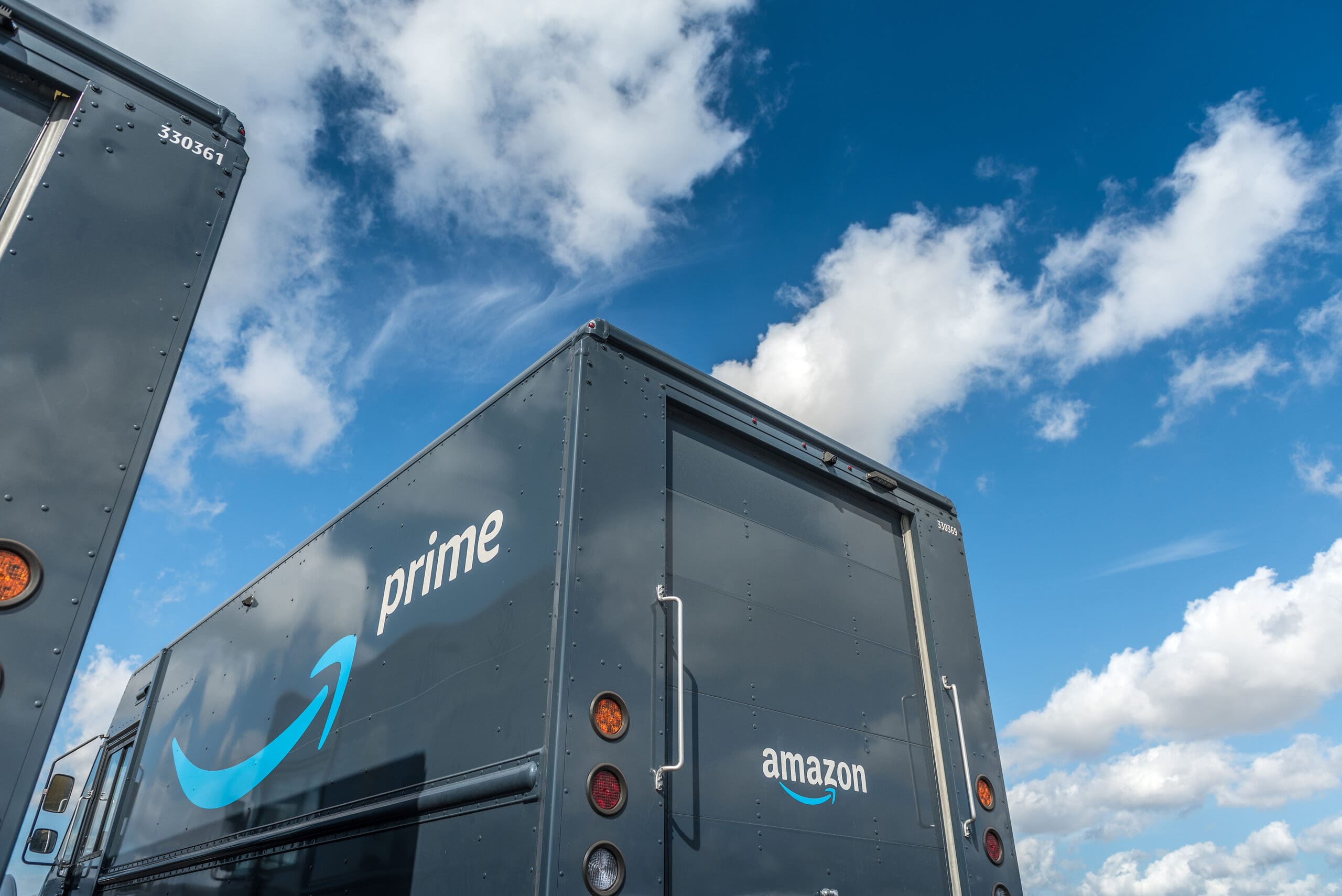If you own a retail store, it’s essential to stay on top of your retail inventory. From eliminating waste to stocking enough of the right products, inventory management can increase revenues. It can also improve customer satisfaction.
What is retail inventory management?
Retail inventory management is the process of taking inventory to ensure you have just the right amount of stock.
An accurate inventory management system will help you determine what’s selling, what’s not, and what you need more of.
Types of retail inventory management methods
Retailers should understand inventory management. From choosing software and POS systems to creating fulfillment and storage systems, a basic understanding of the types of inventory management methods is critical. Some of the most common inventory management methods for retailers include:
- First in, first out (FIFO)
- Last in, first out (LIFO
- Just-in-time (JIT)
- Economic order quantity (EOQ)
- ABC analysis
- Fast, slow and non-moving analysis (FSN)
Benefits of retail inventory management
Retail inventory management offers a variety of benefits including the following.
- Boost customer satisfaction: Have you ever wanted to order an item only to find it was unavailable or on back order? Or worse, you placed your order only for it to be canceled? When this occurs you may feel dissatisfied with the seller. As a result, you’ll find another product to fulfill your needs. The need to order elsewhere may turn out to be a positive for the consumer, but a negative for the business that lost the sale. Businesses can avoid something like this happening by keeping on top of inventory and ensuring popular items are in stock.
- Improve finances: Managing inventory efficiently helps you determine what items are selling well and which are not. This allows you to keep ordering the items that are selling and minimizes the chances of you investing in items that aren’t doing so well. In doing so, you can improve your ROI.
- Minimize shrinkage: Shrinkage refers to the items that are lost due to error, employee theft, shoplifting, and damage. Taking inventory allows you to identify sources of shrinkage so you can prevent it from happening. It also helps you account for shrinkage financially so you can get a better handle on it.
Tips to manage retail inventory
Here are some tips that will help you manage your retail inventory more efficiently.
- Ensure you have accurate inventory stock levels: It’s essential to have an accurate system in place for monitoring inventory. It’s also important to monitor it regularly to ensure you are up to date.
- Know your inventory store metrics: Your inventory store metrics include your stock, your profits, your cash flow, your turnover, discounts, loss, supply, and demand. You can manage metrics in real time using a POS system.
- Outline purchasing & receiving procedures: Once you determine which items are making money, you can begin outlining your purchasing and receiving procedures. Creating purchase order forms and keeping track of them will help. You can compare your POs against the items you receive to ensure you got the correct items and quantities.
- Optimize forecasting models: Your inventory will give you a good idea of what purchases you need to make. For example, you know you will want to stock up on popular items, especially during busy times of the year. But keep in mind that the item’s popularity won’t last forever. You will need to stay on top of your inventory to forecast accurately.
- Utilize data analytics: Your data analytics will give you a complete picture of your past sales history. You can use it to make predictions on future purchases. Certain types of software will even run reports to predict future demand based on past data.
- Implement supplier contingency plans: A supplier contingency plan outlines what to do if you are understocked or overstocked on an item. For example, if you are understocked on an item and cannot get any more from your supplier, you may consider going to another supplier or ordering a similar item instead. If you are overstocked, you may think about running a sale.
- Understand store vs. eCommerce inventory: If you run both a brick-and-mortar store and an eCommerce business, it’s important to maintain stock and inventory for each separately. Of course, there may be times when you will need to borrow from your brick-and-mortar stock to feed an eCommerce order and vice versa, but this type of activity must be accounted for.
- Determine a dead stock procedure: Dead stock is inventory that isn’t selling. You may try to move it by packaging it with another item or discounting it. You may also consider returning it to the supplier. Inventory management systems can help you identify dead stock so that you can work on moving it sooner rather than later.
- Create a method for markdowns: If supplies aren’t moving, marking them down may help with sales. It’s important to create a method for markdowns which includes determining how long an item should be on the shelf before it’s marked down and how much of a discount you want to apply.
- Do regular stock counts: You must keep up to date on your inventory. Inventory counts should be conducted regularly. You can also use software to constantly stay up to date on your inventory.
How Kickfurter can help
Staying on top of your inventory is an essential part of retail business management. But first you will need to have the inventory to manage. When you are starting out in business, you may have a tough time dealing with the various expenses involved. Acquiring inventory is one of these expenses. Yet it’s essential in generating revenue. Kickfurther can help small businesses that need funding for inventory. And when we say help, we really mean it.
Kickfurther is the world’s first online inventory funding platform that enables small businesses to access funds that they are unable to acquire through traditional sources. For companies that sell physical products or non-perishable consumables and have revenue between $150k to $15mm over the last 12 months, Kickfurther can help. We connect brands to a community of backers who help fund inventory on consignment and give brands flexibility to pay that back as they receive cash from sales.
Kickfurther can help startups and small businesses fund millions of dollars of inventory at costs up to 30% lower cost than the competition. With more than $100 million in inventory funded to date, Kickfurther can help you get funded within a day or even minutes to hours.
Closing thoughts
Keeping track of inventory is an essential part of doing business. Just because you have a system in place, does not mean you can move on from the topic. Inventory systems should be constantly evaluated and adjusted as needed. Investing in efficient operations will help you fulfill orders faster and save money in the long run. In business you should never take shortcuts. Staying one step ahead of the game will help you outperform your competitors while continuing to be successful
Interested in getting funded at Kickfurther? Here are 3 easy steps to get started:
#1. Create a free business account
#2. Complete the online application
#3. Review a potential deal with one of our account reps & get funded in minutes
Learn more about retail inventory financing options from Kickfurther.









